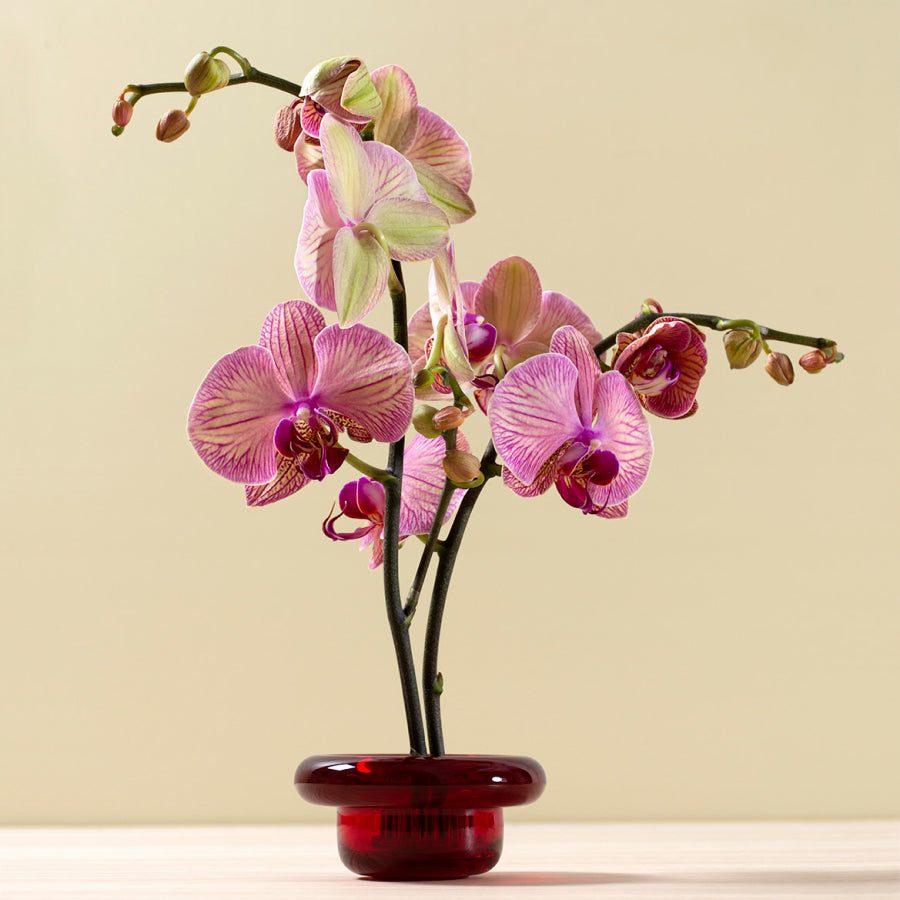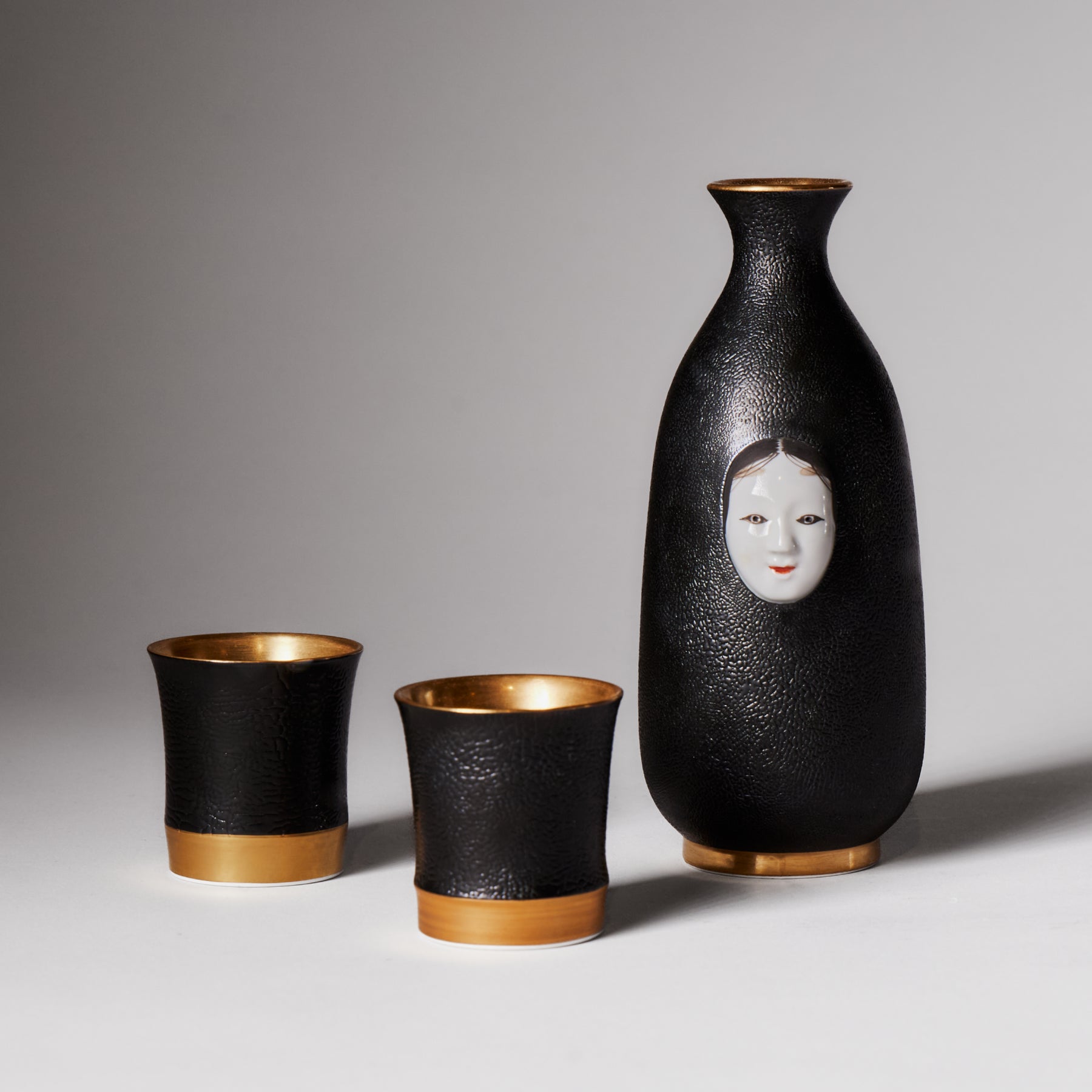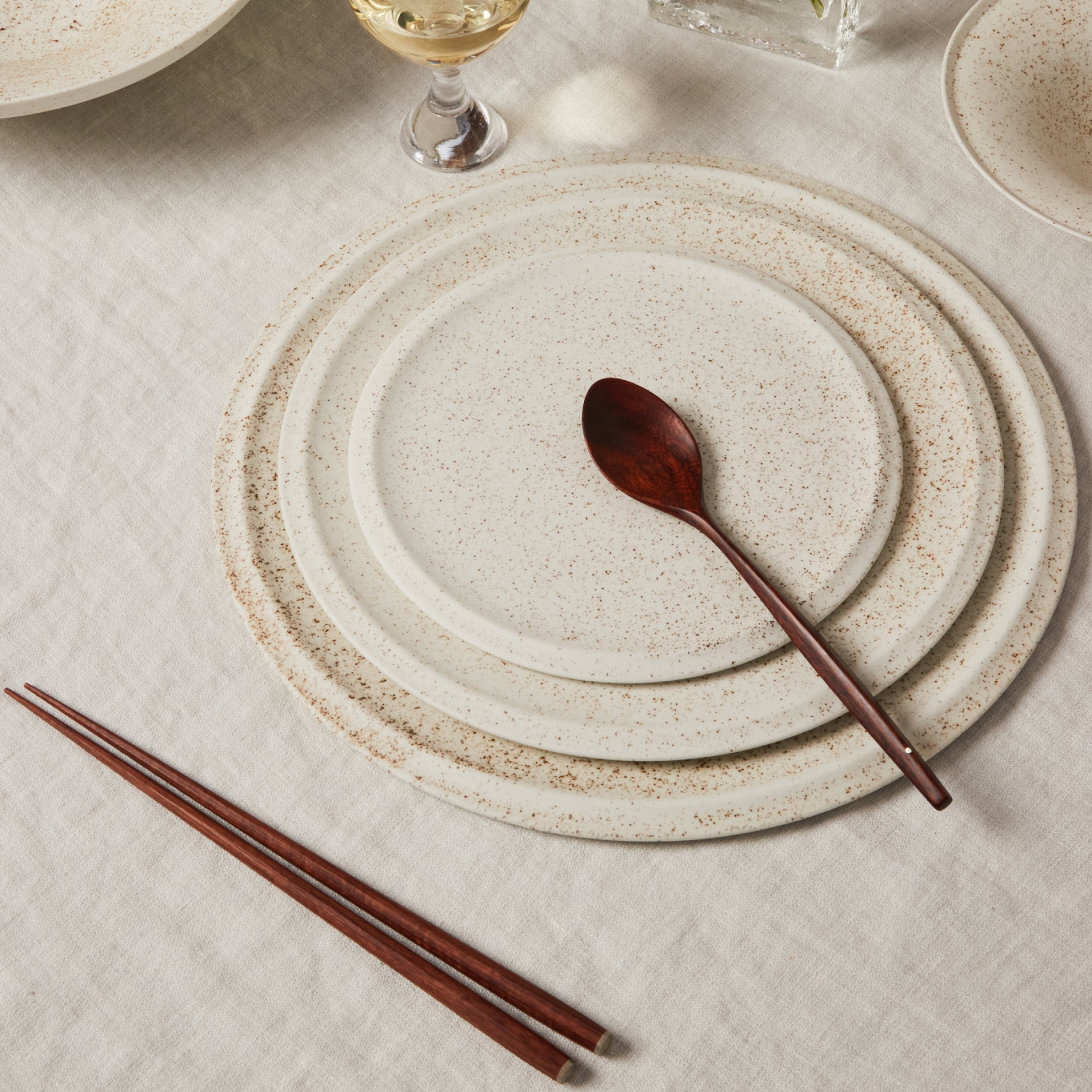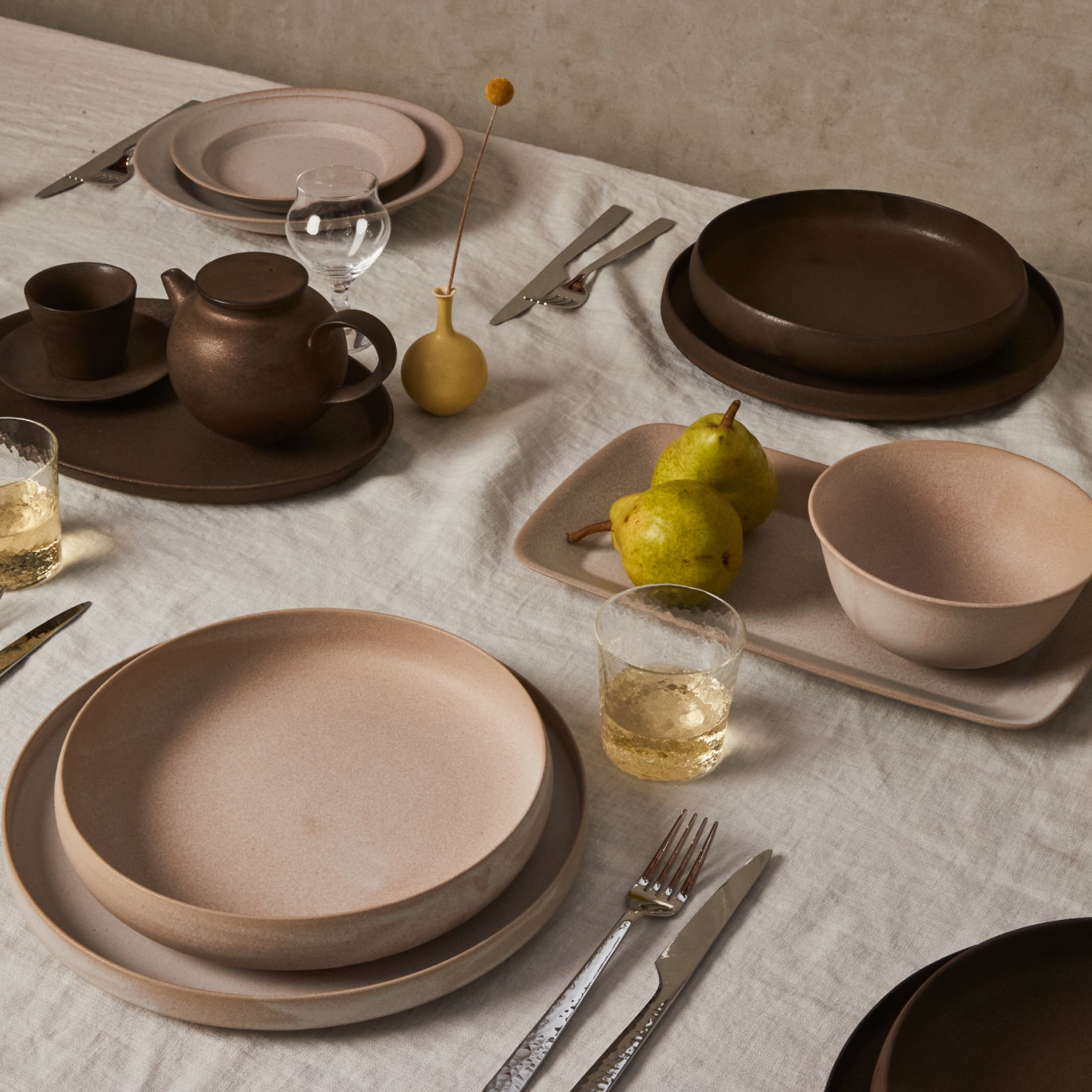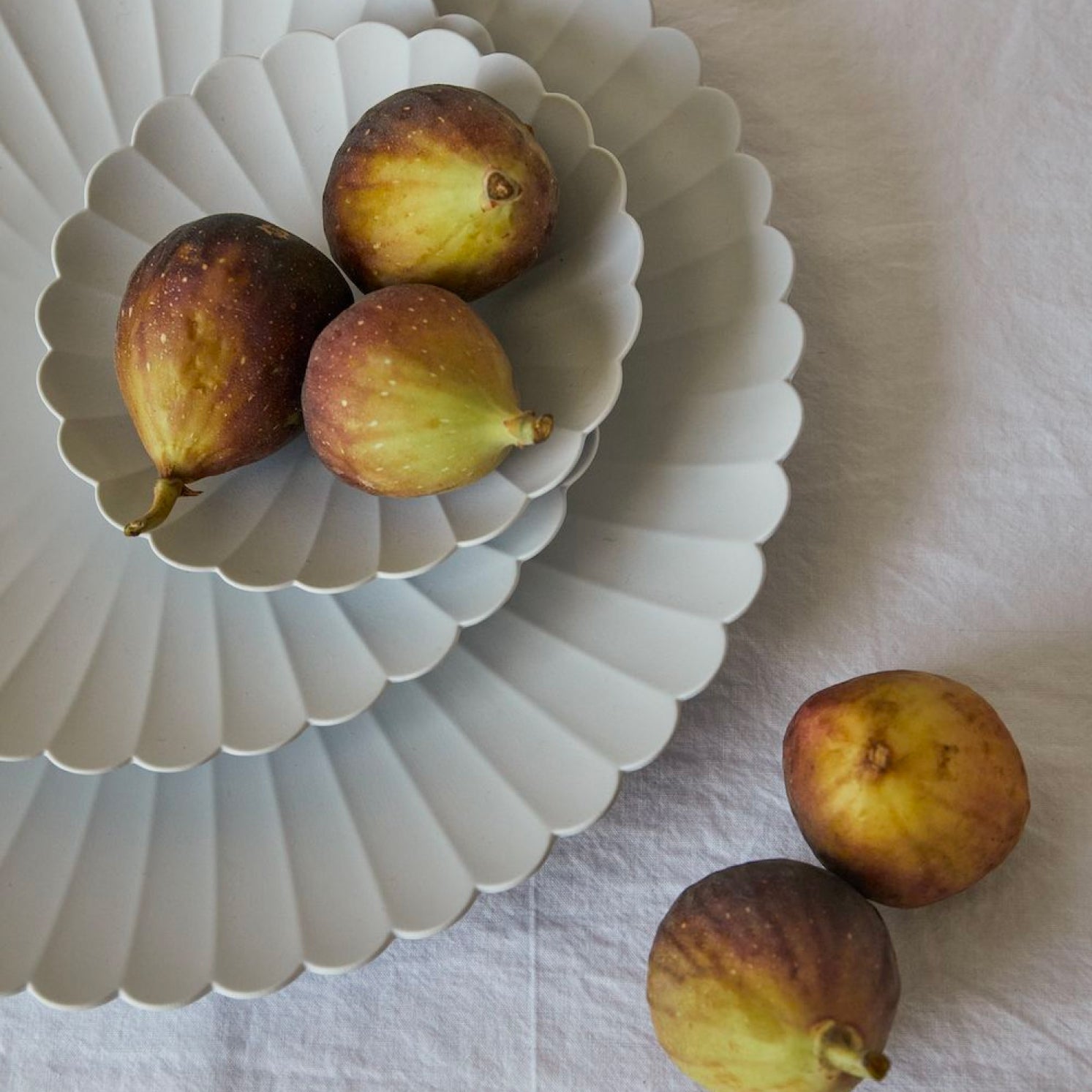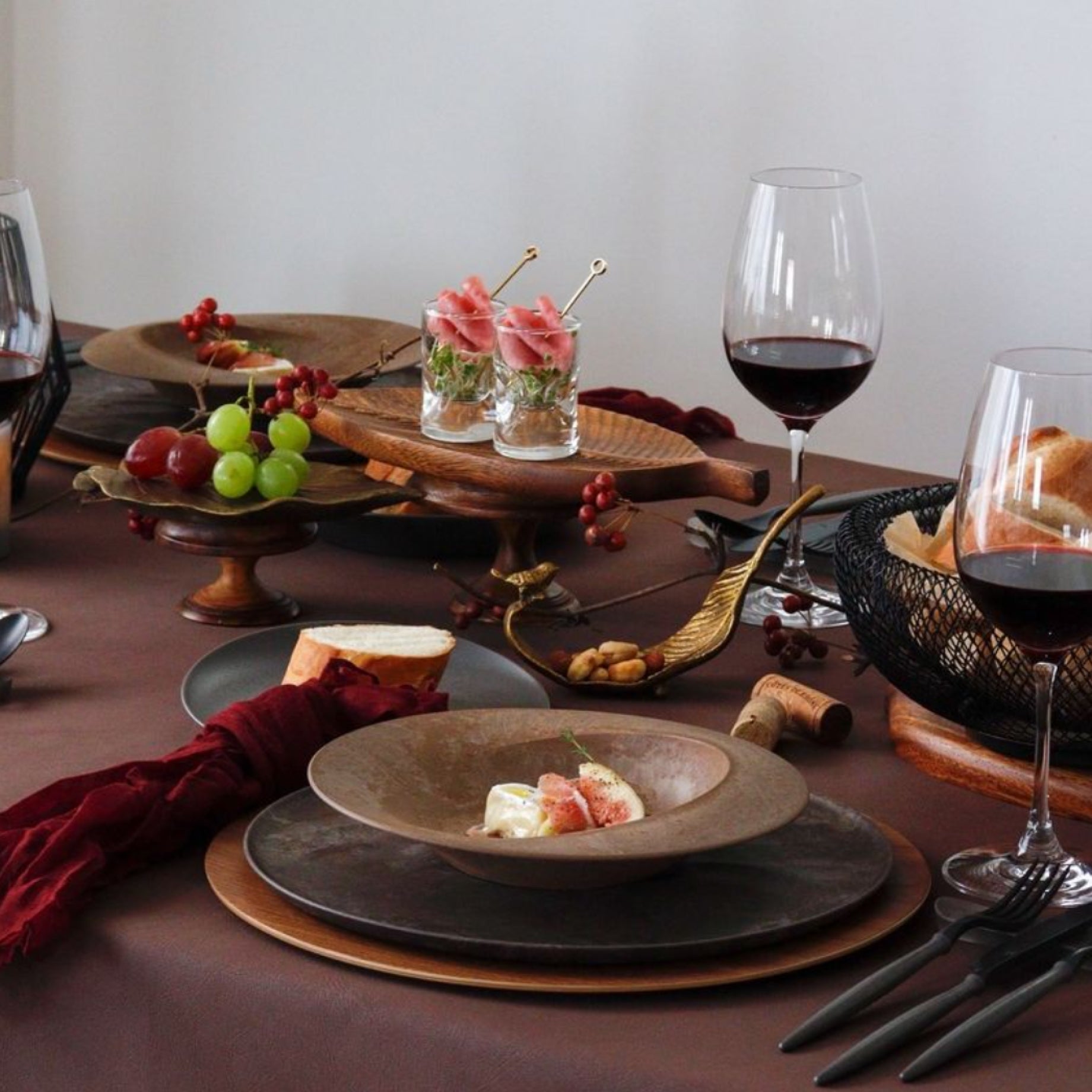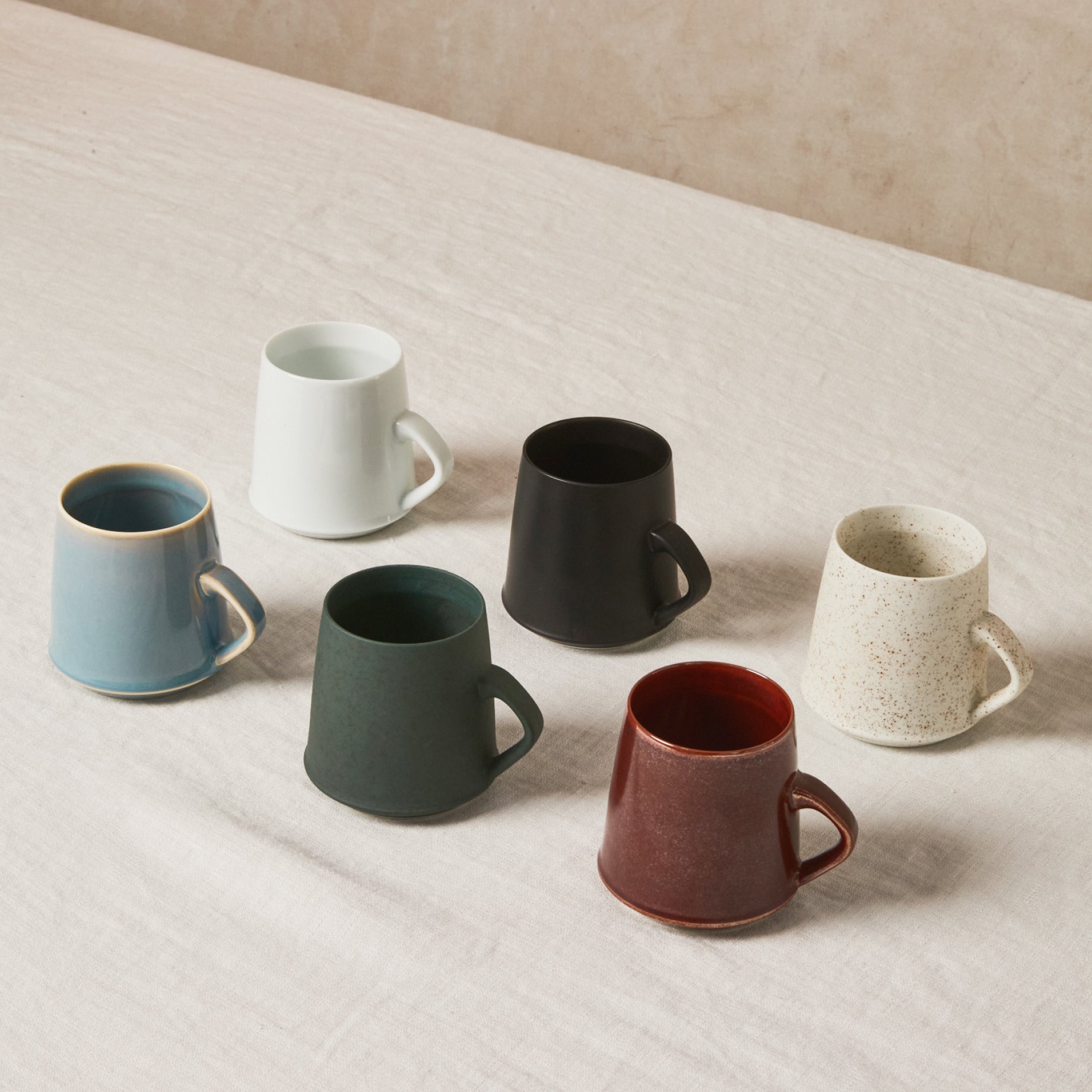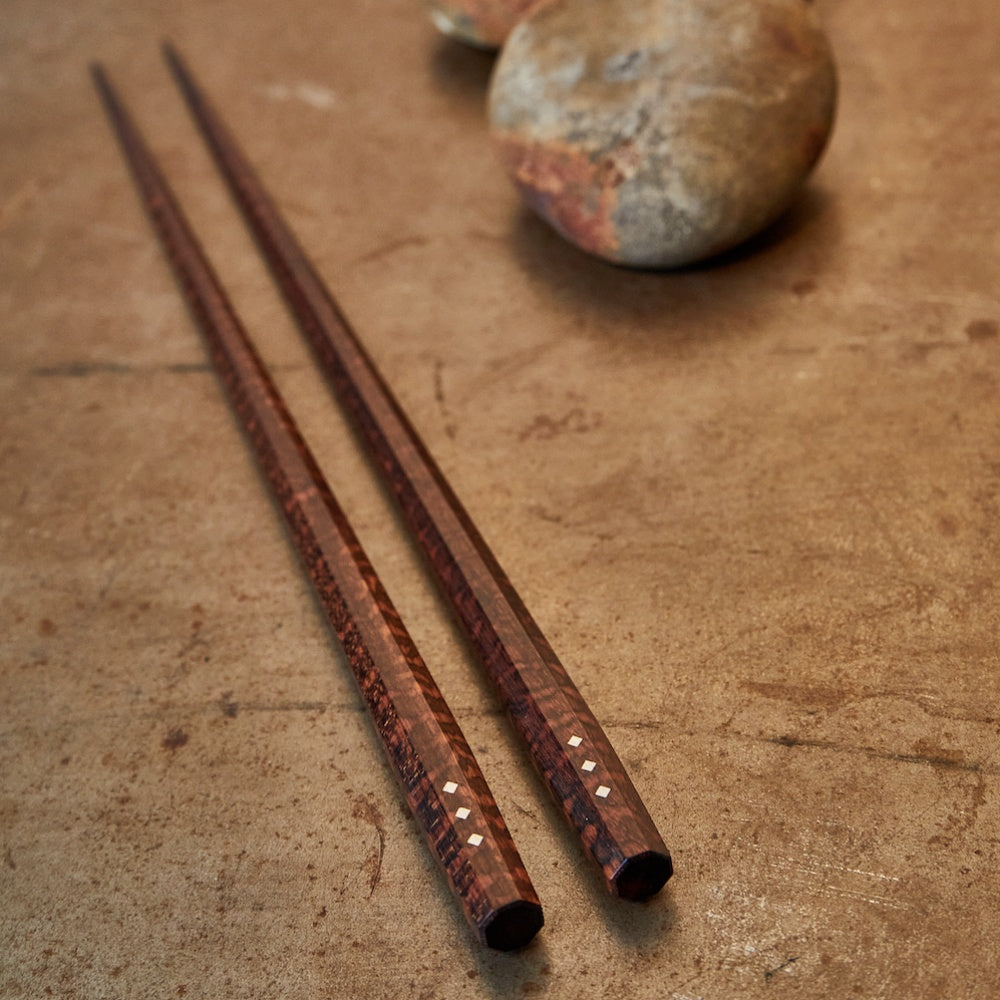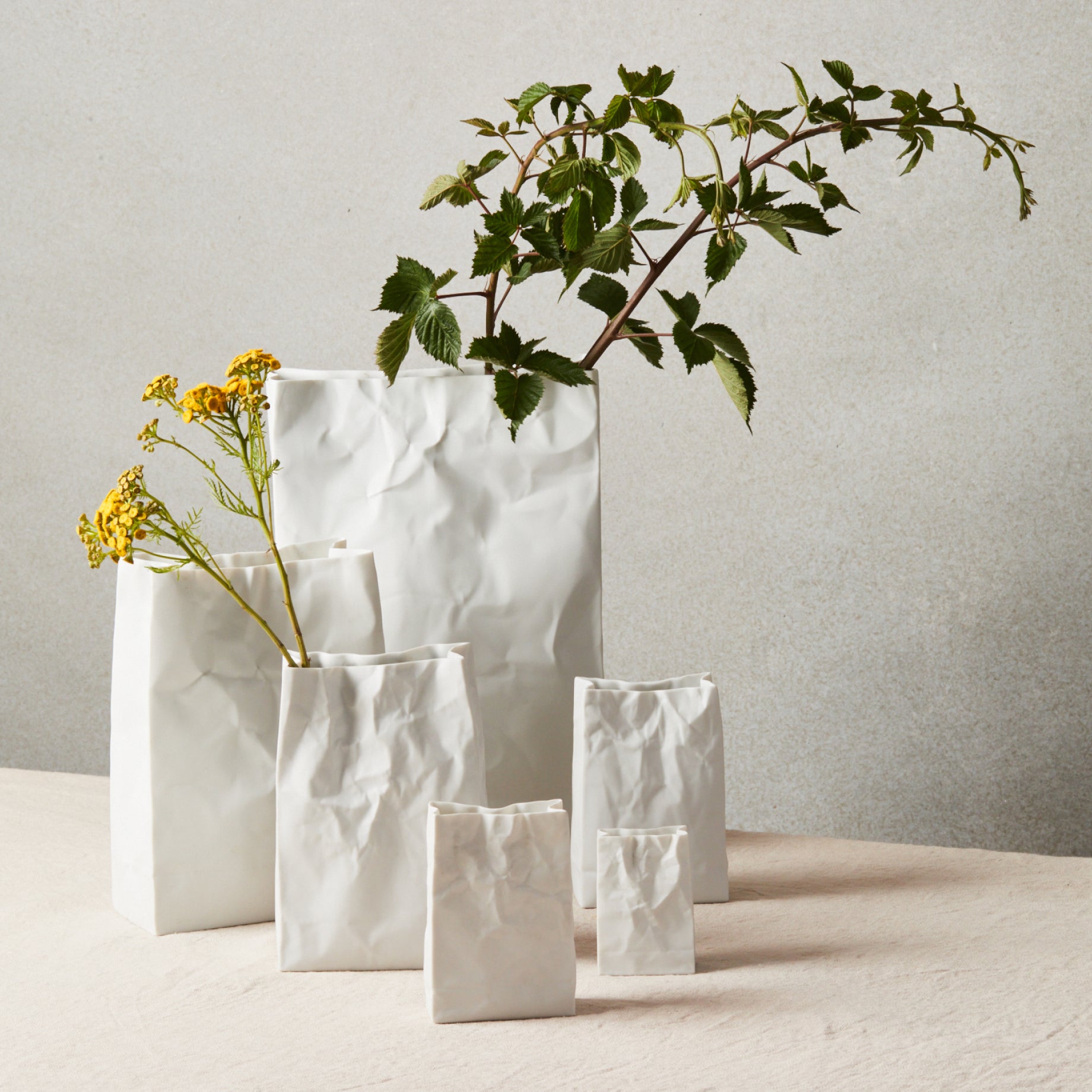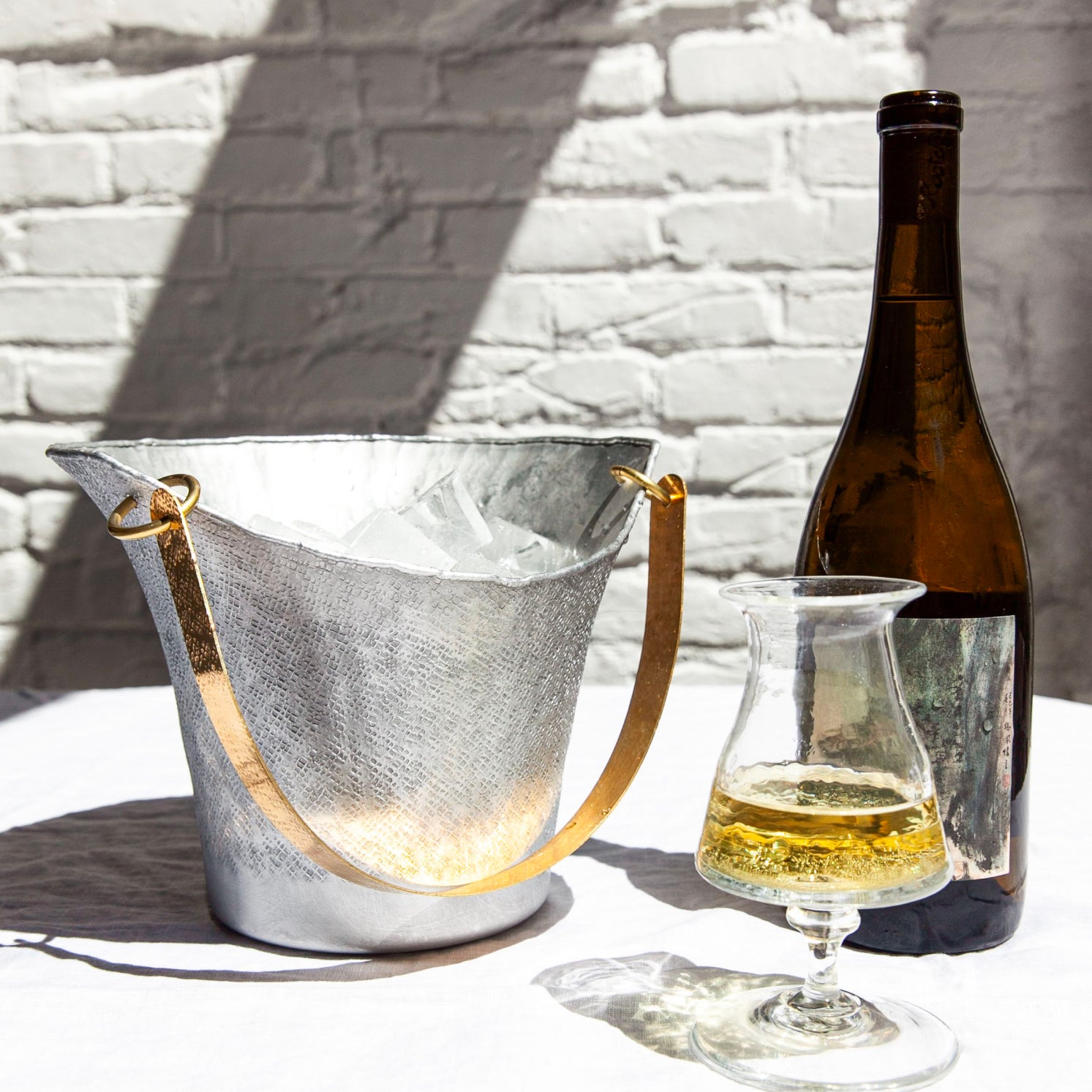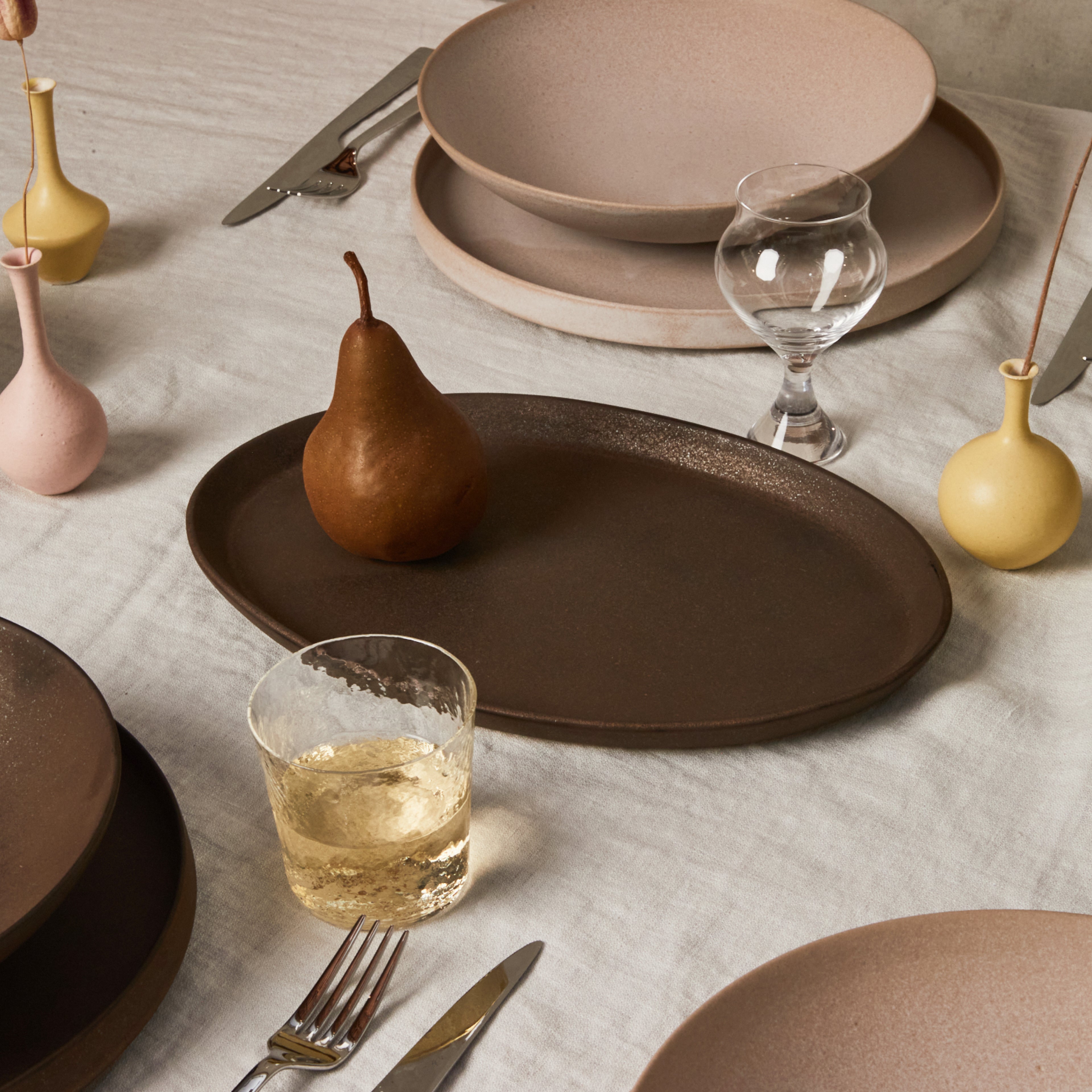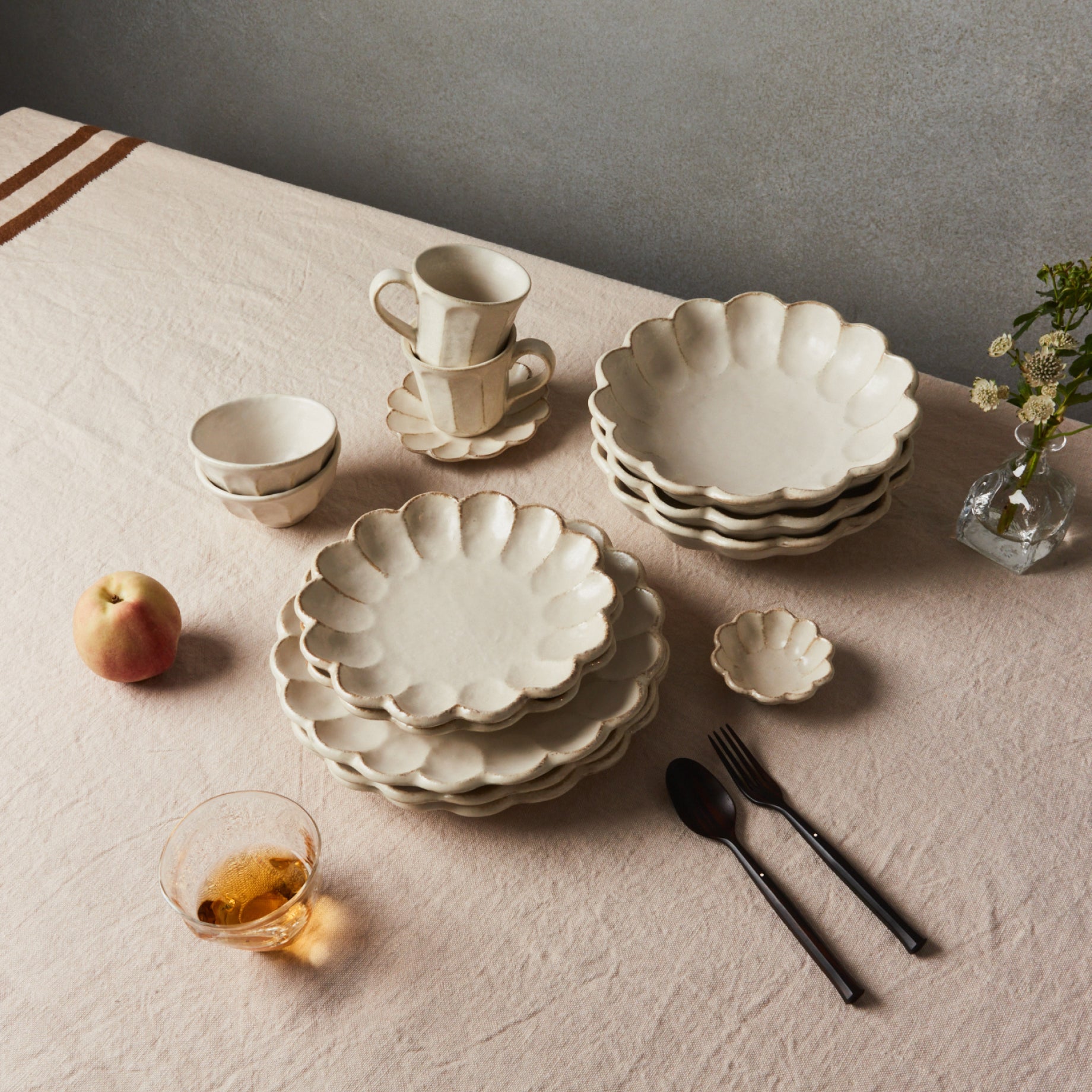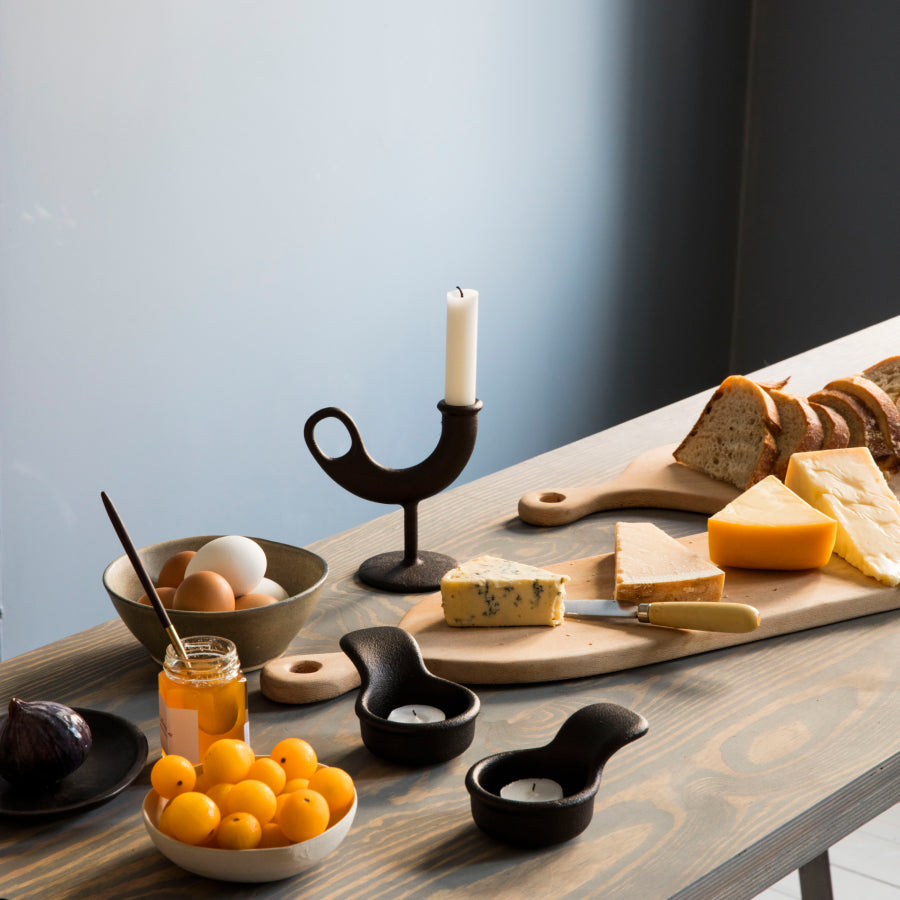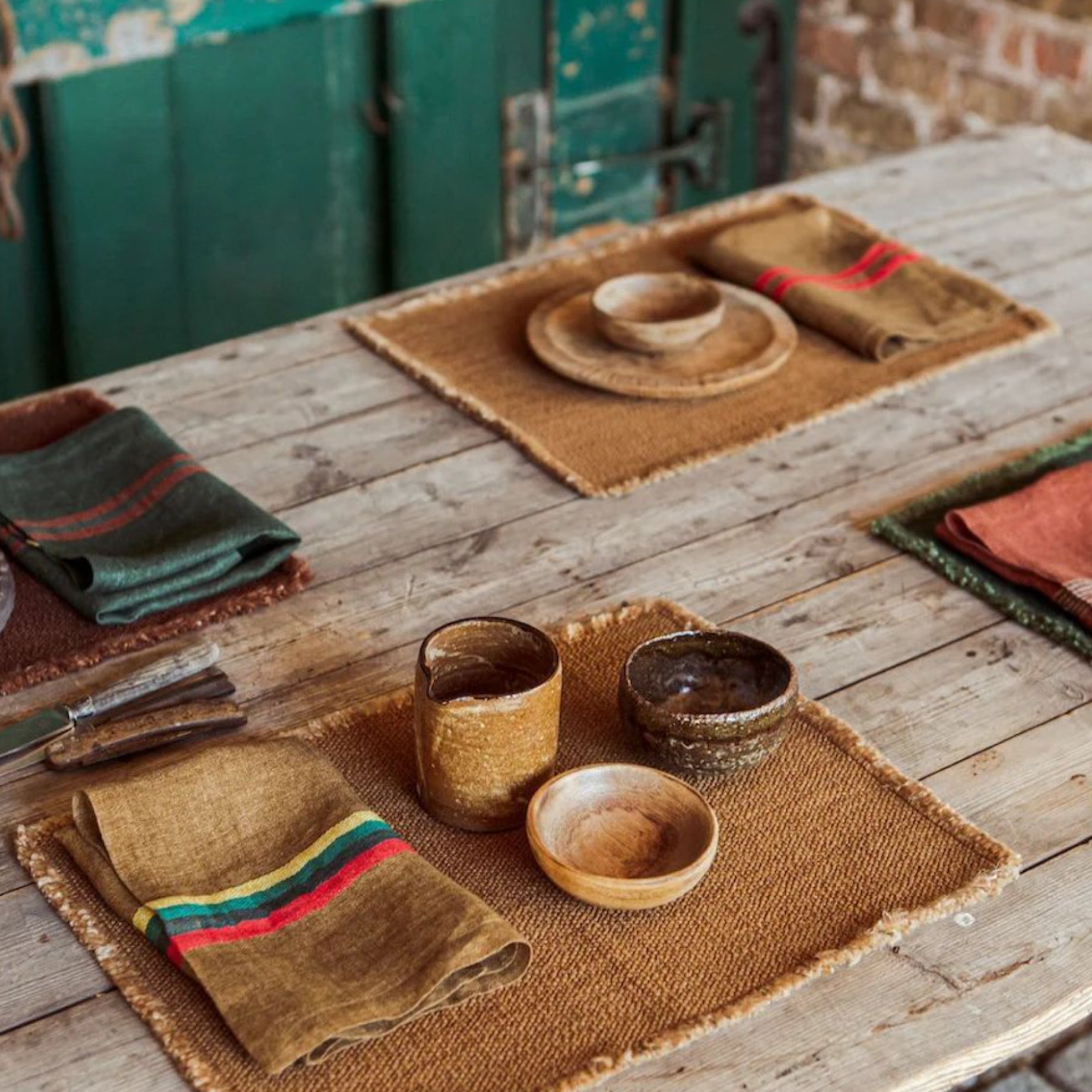Celebrating 350 Years of Craft: From Saga to LA
From Saga to Los Angeles:
A Celebration of Heritage and Design
We invite you to immerse yourself in a special four-day celebration of heritage and craftsmanship from Saga, Japan. Join us for a rare cultural celebration as ARJ Los Angeles, in collaboration with Saga Prefectural Government, proudly presents the 350th anniversary of Nabeshima Ware (鍋島焼, nabeshima-yaki)—porcelain once crafted exclusively for Japan’s imperial courts and feudal lords —presented alongside the refined contemporary furniture Ariake, rooted in tradition and Japanese craftsmanship.
This landmark occasion marks the first major exhibition of Nabeshima ware in the United States. For the first time in Los Angeles, Hataman Touen and Ariake - two heritage masters of Japanese artistry from Saga Prefecture - come together in a landmark cultural showcase.
We are deeply honored to welcome Governor Yoshinori Yamaguchi of Saga Prefecture, along with representatives from two of Saga’s most iconic heritage brands—Hataman Touen, masters of Nabeshima-yaki, and Ariake, creators of contemporary furniture rooted in Japanese tradition. Join us for an evening of curated drinks and catering as we unveil a rare presentation of Nabeshima ware and Saga’s craftsmanship in the United States.
▪Opening Reception: August 21 · 6PM - 9PM
With Governor Yoshinori Yamaguchi of Saga Prefecture, Japan
Special guests include:
– Shuuji Hataishi, 5th-generation master of Hataman Touen, one of the last remaining kilns preserving the tradition of Nabeshima-yaki
– Kengo Kabashima, founder of Ariake, a globally celebrated furniture brand blending Japanese craftsmanship with contemporary design
Enjoy curated Japanese refreshments and drinks, along with an exclusive first look at Saga’s finest craftsmanship—from imperial porcelain to contemporary furniture—presented in Los Angeles for the very first time.
▪Exhibition: Aug 21 – 24 · 11AM - 6PM
– Hataman Touen: 350th Anniversary Collection of Nabeshima Ware
– Ariake: Contemporary Japanese Furniture
▪Porcelain Painting Workshop w/ Hataman Touen: Aug 22–24
▪Location: A+R Design, ARJ ROW DTLA & Santa Monica

About Nabeshima Ware
Nabeshima ware (鍋島焼, Nabeshima-yaki) originated in the early 17th century in Saga Prefecture, on the southern island of Kyushu. Produced exclusively at the Okawachi kiln in Arita, this porcelain was not sold commercially but created solely as imperial gifts and for feudal lords during the Edo period.
- Elegant Forms: Often shallow plates with wide rims, designed to highlight hand-painted decoration.
- Painterly Motifs: Florals, birds, and geometric patterns in underglaze blue and overglaze red, green, and yellow enamels.
- Technical Precision: Noted for its luminous white porcelain, meticulous brushwork, and minimalist aesthetic influenced by Ming dynasty porcelain.
- Cultural Prestige: Today, Nabeshima ware is recognized as a national cultural treasure in Japan. Production remains limited and preserved by a handful of master kilns—including Hataman Touen.
This special event is made possible through the generous support of Saga Prefecture and its ongoing commitment to sharing Japanese heritage with global audiences. We warmly invite you to celebrate this momentous occasion with us and experience the beauty, tradition, and artistry of Nabeshima ware.

Event Details
- Thu, Aug 21, 2025 6:00 PM - 9:00 PM
- Co-hosted by A + R and ARJ Los Angeles | ROW DTLA
- Opening Reception: Aug 21st, 6:00 PM - 9:00 PM
- The first 80 guests who RSVP and show up will get a complimentary Nabeshima sake cup (worth $70).
- Complimentary Japanese Bites & Drinks by Pikuniko
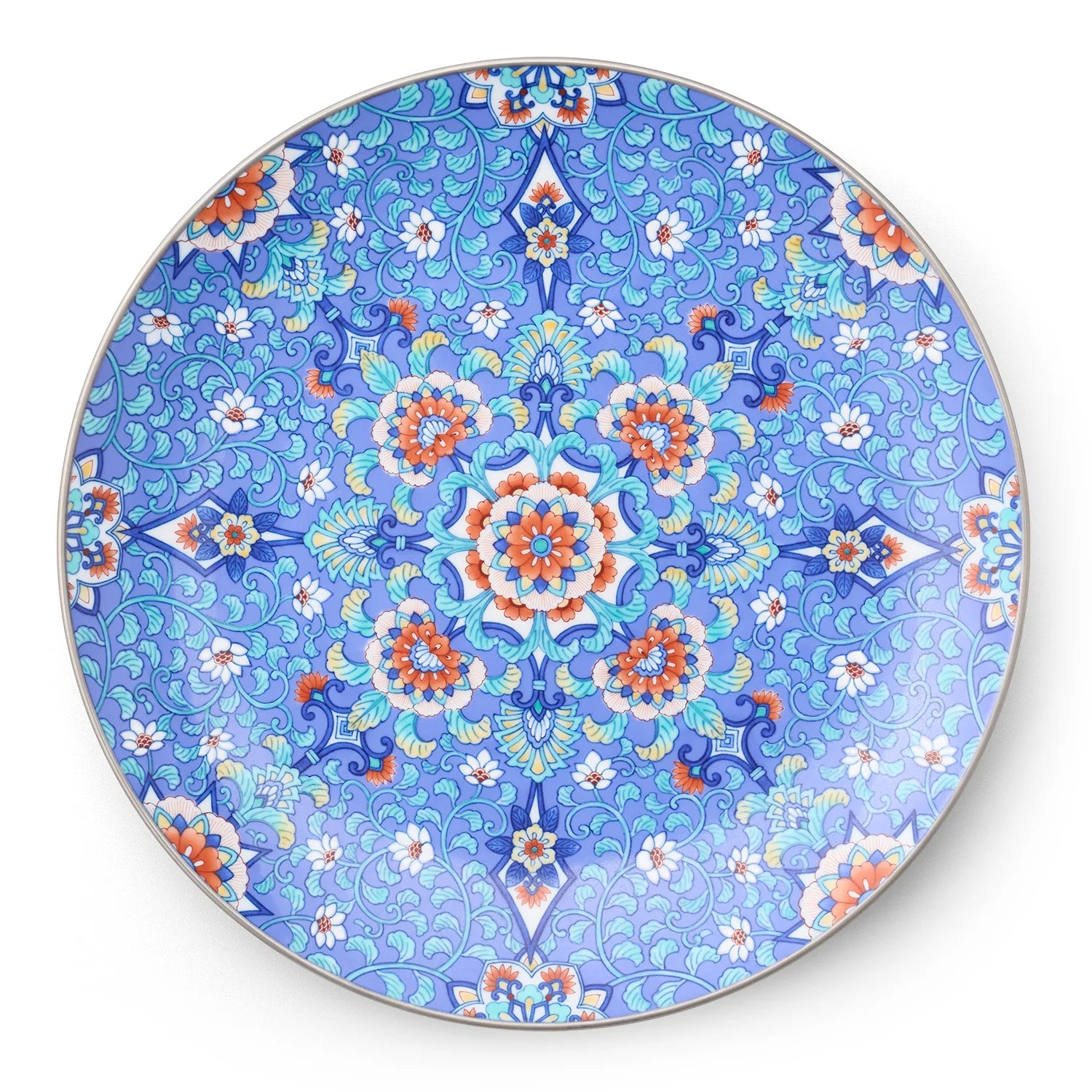


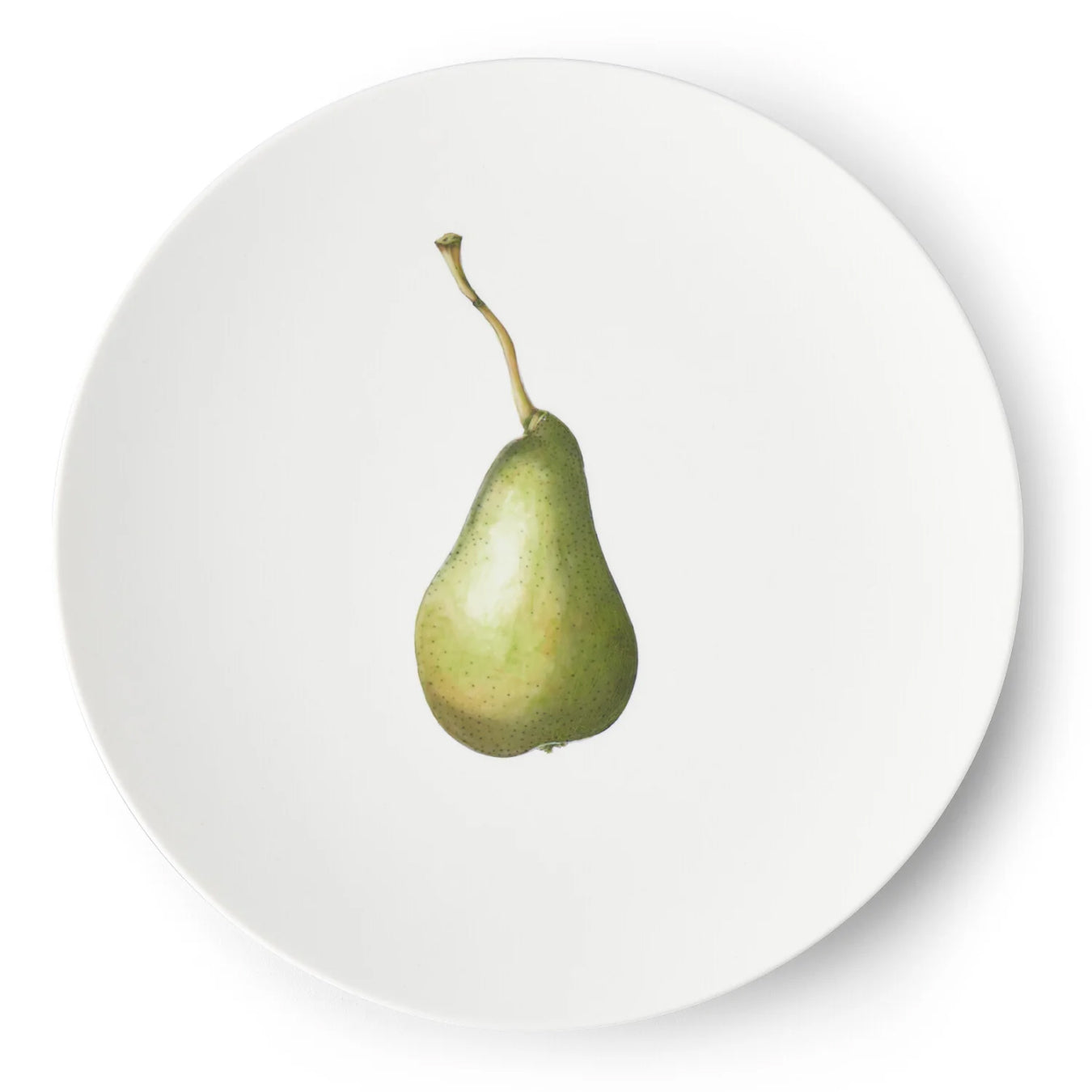

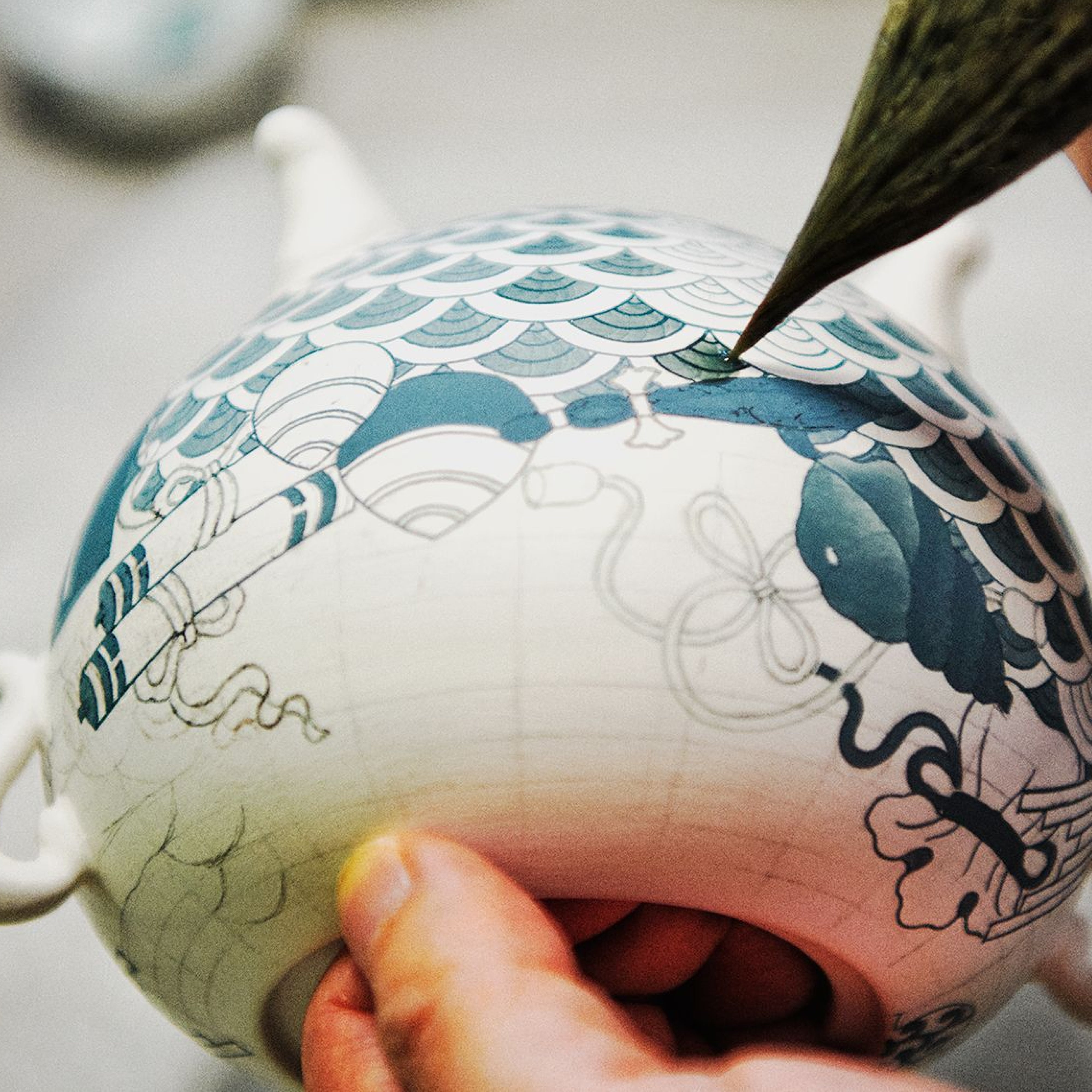
Stay Tuned & Get Invitations
Sign up for ARJ’s newsletter for updates on upcoming exhibitions, workshops, events, and exclusive offers. Join our community of ceramic enthusiasts and discover the calming beauty and natural inspiration behind our curated collections.


